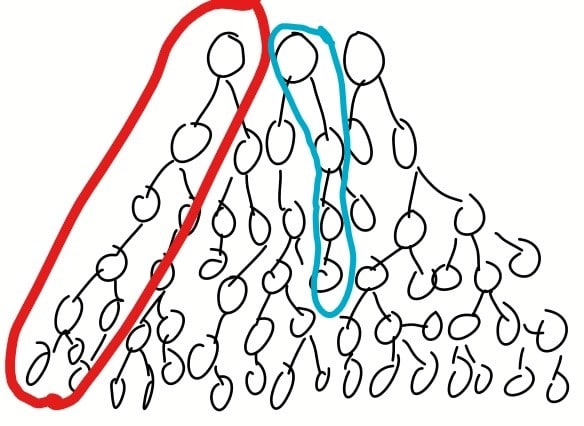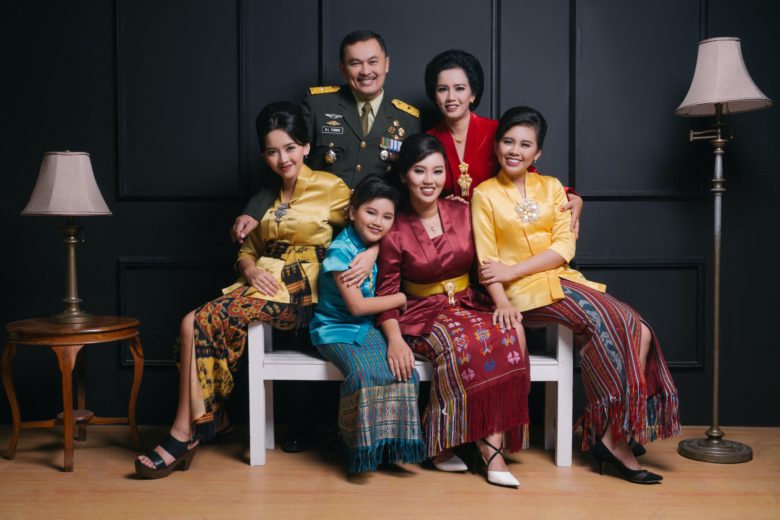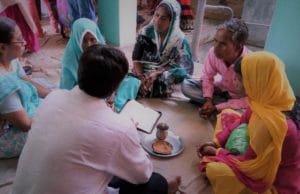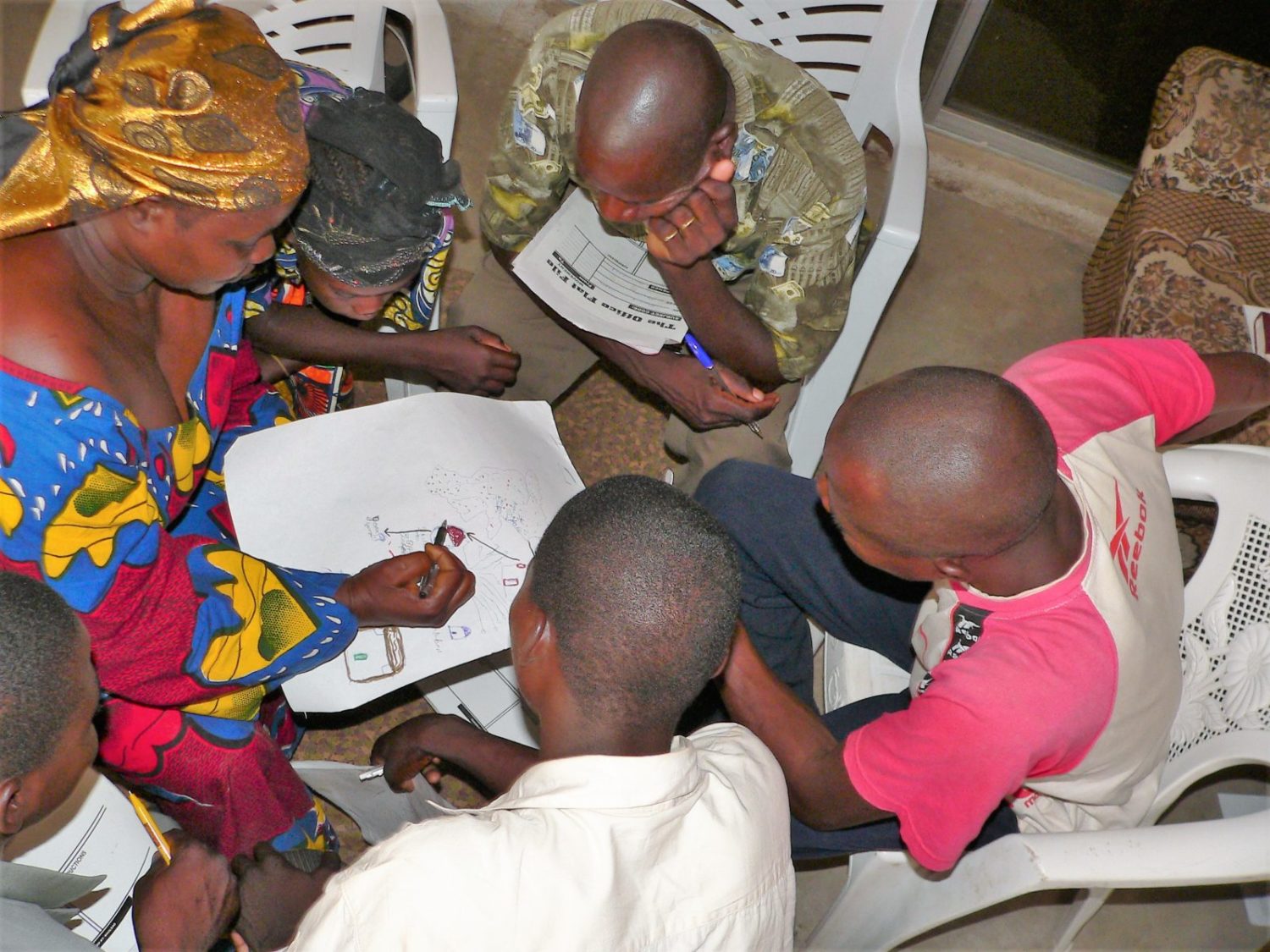If you’ve been around DMMs much, you’ve likely heard the term “generational growth.” There is nothing related to DMM terminology that I’ve seen more people get confused about that this! In the picture above you see three generations. Mom and Dad, daughters, and a granddaughter. What does it mean when we refer to second or third or fourth generations in a Disciple Making Movement?
We have a definition of Disciple Making Movements on our website. It says, “Within a short space of time (three to five years) we see at least four generations of groups.”
It’s important to define these terms.
In next week’s blog, I’ll be writing about the importance of tracking your movement’s growth. Before that, we need a clear understanding of key DMM terms like first generation, second generation, third generation, and multiple streams.
Not Really a 2G Group
Yesterday I was coaching someone on Zoom. I was excited! God was doing great things through this amazing woman of God. She was clearly a woman of prayer. I felt it a privilege to walk with her on her DMM journey.
In the past three months she has started eight new disciple making groups. She has been training her team and they are all starting new groups.
As I listened to her story, I was encouraged to know that the groups were meeting on different days of the week, not only on Sundays. They were also meeting in various types of venues: a beauty salon, a game park, an engineering company office, and a clinic. My ears perked up as she spoke about this. “This is a woman who will one day catalyze a movement of thousands,” I thought.
She was already a woman of fervent prayer. In fact, when I asked if she had eaten yet (a common question to ask anyone from Asia or Africa) she told me no, she was fasting. Extraordinary prayer lives are common in those who launch movements.
And as we spoke, I could see that she had understood and embraced the Biblical understanding of the priesthood of all believers. She got it and was training her disciples in this. Again, I was impressed and encouraged as we talked.
Then I asked her about the groups her team had started. “One of them is second generation,” she told me. I probed a bit further. I wanted to make sure she understood what we mean when we talk about second, third, and fourth-generation growth of groups and house churches. It would not be the first time someone told me they had seen second generation growth when actually the groups were still first generation.
“Tell me more about the second generation group,” I said.
A Person of Peace
As she described the group, I noticed a common misunderstanding. She was confusing a Person of Peace with someone starting a second-generation group. She had led a young man to the Lord. He was excited and was sharing his faith. He had gathered a group of people for her to do a Discovery Group with and to disciple.
I asked, “Is he leading the group and training them or are you going to be present to train them?”
“Oh, he can’t train them yet. He is a brand new believer. I only led him to Christ a week or two ago.”
“So you will be attending the group each week?” I asked again.
“Yes.” Was her reply.
“That is great,” I said. “You have found a true Person of Peace, someone who calls their friends and relatives to hear more about the gospel through you. This is a first-generation group though since you are the one leading it. When those in the group find new Persons of Peace, don’t add them to this group. Instead, encourage them to begin their own groups while still coming to this group to continue to learn and grow. Those groups will then be second-generation groups.”
I could see she was beginning to understand. She left inspired to challenge the eight existing groups and their members with a vision for multiplication.
Only as we make disciples who make disciples, as we start groups and those group members also begin new groups, will we see a movement take off.
This can take time but it must be part of the vision from the beginning.
We often use the passage from second Timothy to describe generational growth. Paul discipled Timothy (1st generation), Timothy discipled faithful men (2nd generation), and they were able to teach others (3rd generation) also. We know it didn’t stop there but continued to spread. If Paul had asked Timothy to bring the faithful men and the others to him to teach and disciple, it would have been stuck at first generation.
“and what you have heard from me in the presence of many witnesses entrust to faithful men, who will be able to teach others also.”
2 Tim. 2:2
Defining DMM Terms
1st generation groups or churches are those that you or your team start and are directly involved with. If you lead or even regularly visit the group, it is a 1G group.
2nd generation groups or churches are those that the members of the 1G groups begin.
3rd generation groups or churches are started by the 2G group members.
4th generation group or churches begin through the 3G group members.
Usually, the movement leader or catalyst doesn’t even know the people in the third and fourth generations. The leaders directly above know them, but you may not. This is a good thing but requires trust in God and those you have invested your life in.
Occasionally, all generations may meet together for celebration. This may happen once a month or on special holidays like Easter.
The groups do not gather every Sunday for worship in a building. If that is what you are doing, that is a cell church model, not a DMM model of growth. Cell church models usually stop at the second generation and don’t lead to rapid, organic, multiplication as in a movement.
Multiple streams is another term that can be confusing.
A stream in the movement is where you are seeing generational growth. If you only have one group that has multiplied to the fourth generation, we don’t yet say it is a movement. That is definitely something to celebrate and learn from though! What are they doing that the other groups are not? How can you get that to happen so all your group will start to multiply groups that launch other groups?

When you see that you have several streams that have moved into 4th generational growth or more, a movement has been launched. It never stops there though! Many movements start accelerating rapidly at that time. They then can grow to 10, 15, or 20 generations deep if leadership development continues to happen in a quality and multiplicative way.
I hope this helps us understand these terms better. If you have questions, reach out to me in the comments below. You can also email admin@dmmsfrontiermissions.com, or ask your questions on the DMMs Frontier Missions Facebook group.




Comments
Thank you very much. Definition of generational growth. For example, if i bring four peoples in the group, the four peoples are the generational group. When the four persons brings new peoples, the four peoples should not be added to the first group, but they should go to starts new group while still comes to the training.
Baptism is difficult to do outside of the Church if you stay with the Church to do on your own. It is easy for any established Church. For instance, if you comes to Liberia to plan Church your doctrine leads you do what in your planned.
Thank you. I learned about good reporting systems.
Thanks.
Edwin Ngbarzar.